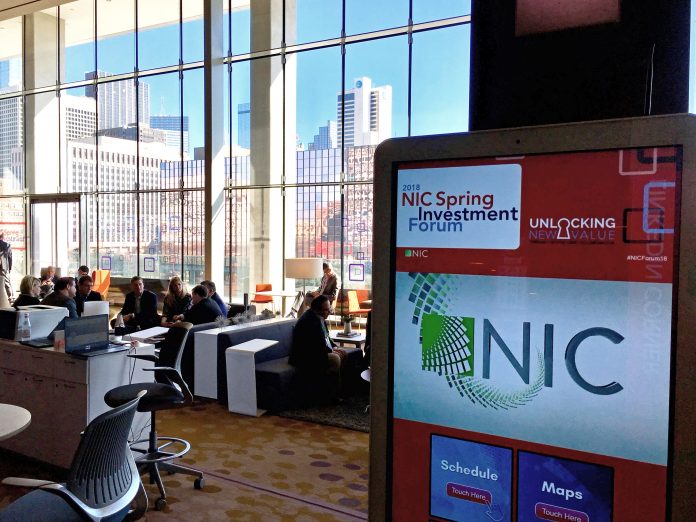For senior living operators, partnerships with outside health care organizations can hold tremendous value—but they must be approached carefully to actually work. New Jersey-based Brandywine Living, which operates 29 communities across six states, has learned this firsthand.
Six of Brandywine’s communities have partnered with Bayada Home Health Care, which is also based in the Garden State and is one of the largest U.S. home health providers, serving 22 states. Together, Brandywine and Bayada have been able to reduce readmissions and save health care dollars. All the while, the partnership, along with Brandywine’s partnerships with hospitals and other health care organizations, has enabled the provider stand out against its competition.
“It’s a true market differentiator for us,” Maria Nadelstumph, vice president of organizational development and and program excellence at Brandywine, said Thursday at the National Investment Center for Seniors Housing & Care (NIC) Spring Investment Forum in Dallas. “The market has become more competitive—we were looking for solutions… to keep people happy, healthy and at home.”
Keys to a successful partnership
When looking to establish a health care partnership, senior living operators should plan thoroughly and act methodically, the panelists agreed.
Brandywine, for instance, has a five-step process that it follows to establish successful partnerships with health care organizations like Bayada. The first step—identifying the right partner—is absolutely critical, though it isn’t easily accomplished by operators unless they make and nurture high-level company contacts, Nadelstumph suggested.
“Getting in at the C-suite level—that has been very helpful for us,” Nadelstumph explained. Still, exactly who to target within a health care organization was a lesson that Brandywine, and many other operators, had to learn the hard way.
Now, Brandywine understands that it’s simply not efficient to reach out to low- or mid-level executives about establishing a partnership, Nadelstumph implied.
“Getting the right people to the table has been one of the great challenges, one of the lessons learned,” Anthony D’Alonzo, director of clinical strategy and innovation at Bayada Home Health Care, agreed.
All the while, operators should thoroughly educate their preferred health care partners about the senior living business, and at times, this can take longer than expected.
“Hospital systems, as well as other providers, are still unsure of what assisted living is,” Nadelstumph said. A reliable way to help make sense of what senior living can offer another health care organization is to provide prospective partners with resident testimonials, especially those that demonstrate a positive change in a resident’s health or wellbeing.
“What people really want to know are the real stories,” Nadelstumph said. A prospective health care partner would, for instance, likely be interested in hearing how quickly a senior living operator helped a resident regain his ability to walk after surgery—and such an easily digestible example can succinctly explain the benefits of the senior living setting.
Quantifiable results
Together, Brandywine and Bayada have managed to save health systems tens of thousands of dollars by achieving lower-than-average readmission rates.
In six months, across the six Brandywine communities that partnered with Bayada, the 30-day home health readmission rate was 9.6%. By comparison, the national average 30-day readmission rate for home health during that time period was 12.5%.
If the average readmission cost is approximately $17,500, this means that Brandywine and Bayada were able to save health systems roughly $157,500 through integrated care.
Written by Mary Kate Nelson
Companies featured in this article:
BAYADA Home Health Care, Brandywine Living, Brandywine Senior Living, National Investment Center for Seniors Housing & Care, NIC


